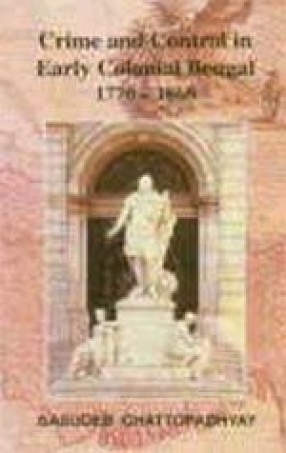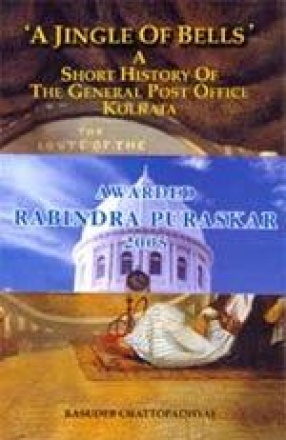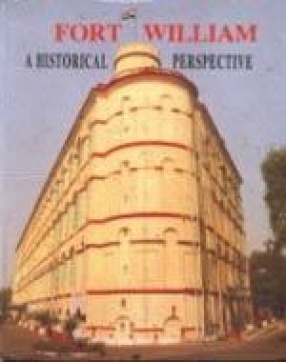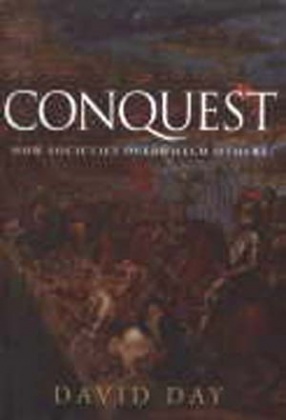This book explores the interface between crime and control in early colonial Bengal. Set in the context of a violent countryside in the twilight of Nawabi Bengal it initially examines the compulsions behind the introduction of colonial police in this region by Lord Cornwallis in 1793. Professor Chattopadhyay shows that the importance of the innovation lay not merely in its narrow application to crime and violence. In a broad sense it represented the penetration of colonial authority into the interior. The thanas (police stations) were designed to serve as the frontline defence against forces of ‘disorder’ that threatened to undercut the authority of the Company in its new role as Sarkar Bahadur. Viewed in this light the Company’s police formed an essential component of the new structure of authority in Bengal. The primary focus of this book is the structure and patterns of colonial control represented by the Darogah at the lowest level. It carefully explicates the social composition of the Darogah system and its day-to-day functioning vis-?-vis dacoity, murder and affray which characterized the crime-scene of the Bengal countryside in the first half of the nineteenth century. The relationships between the darogahs and the goindahs (informers), the zamindars and the lathials (clubmen) and the dacoits and the thangidars (receivers of stolen goods) have all been explored for the first time on the basis of a wide range of documents. A new network of colonial rural control, based on a convergence of interests among the Darogah, the zamindar and the planter, developed in Bengal. Simultaneously, periodic conflicts of interest exposed the internal contradictions within this nexus. The persistent, yet curiously infructuous rhetoric on police reforms has been explained in this book in terms of the specificities of the colonial situation. The introduction of a new police in the aftermath of the revolt of 1857 brought the colonial imperatives into sharper relief. The book includes an analysis of contemporary bhadralok literary stereotypes of the Darogah. In the concluding section Professor Chattopadhyay questions the validity of an influential hypothesis about the Leviathan of the colonial authority being tied down by countless Lilliputian threads of local power. This book marks an intervention in the hitherto uncharted area of the social history of crime and policing in the first century of the colonial rule in Bengal.
Crime and Control in Early Colonial Bengal 1770-1860
In stock
Free & Quick Delivery Worldwide
Bibliographic information
Title
Crime and Control in Early Colonial Bengal 1770-1860
Author
Edition
1st ed.
Publisher
ISBN
8170742277
Length
xvii+215p., Tables; Maps; 22cm.
Subjects








There are no reviews yet.